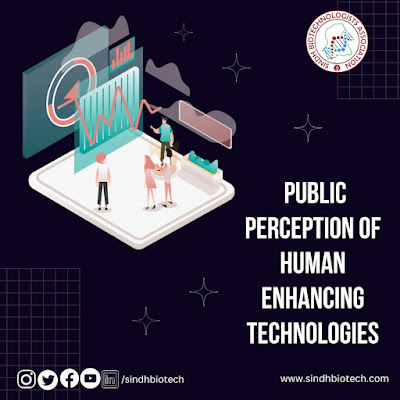Blue Biotechnology
BLUE BIOTECHNOLOGY
Author: Aniqa Anwar
Blue in biotechnology is assigned to aquaculture, coastal and marine biotechnology. This area of biotechnology exploits the diversity found in marine environments, including the form, structure, physiology, and chemistry of marine animals. Blue biotechnology is more of a field that makes use of marine bio resources as the source of biological applications.
The Applications of Blue Biotechnology
Here are various applications of the field of blue biotechnology.
1-Food Supply
Marine-derived food products and nutraceuticals are an integral part of human nutrition in many parts of the world. The omega-3 fatty acids derived from fish oil, marine algae, and phytoplankton play an important role in the human diet and human physiology. Other nutraceuticals developed from the marine environment are bioactive peptides, fish proteins, seaweeds, macro algae, microalgae, amino acids and phytochemicals, chitin, chitosan, etc.
2-Alternative energy source
Production of biofuel from microalgae is quite promising. Algal biomass can be grown in artificial ponds or bioreactors without competing with crops. Studies have suggested that seaweeds could be suitable feedstock for bio refineries.
3- Industrial Biotechnology
Proteins, enzymes, biopolymers, bio-adhesives, and biomaterials are produced on a large scale from the marine ecosystem. Notable examples of marine biotechnology products are Green Fluorescent Protein from jellyfish and luciferase enzyme from Vibrio fishery, both being used in molecular biology as reporter proteins. Similarly, Shrimp alkaline phosphatase and other marine-derived enzymes with heat labile properties are used in various molecular applications such as PCR.
4- Transgenic fish
A transgenic fish is a genetically modified fish whose DNA has been altered using genetic engineering techniques. Gene delivery to marine animals is one of the most significant applications of marine biotechnology.
The basic purpose of trans-genesis in fish is to enhance their quality, growth, resistance, and productivity. Aqua Advantage salmon is an example of the US FDA approved GM animal for human consumption. Other common examples of GM fish are Atlantic salmon, tilapia, common carp, rainbow trout, mud loach, etc.
5- Human and Environmental Health
Marine biotechnology is also plays an important role in human and environmental health. There have been number of discoveries of novel drugs, painkillers, antibiotics, anticancer drugs, and cosmetics from marine bio resources. All are obtained from directly or indirectly from marine flora and fauna. However, there’s emerging development of biotechnological
approaches, mechanisms, and applications to address key environmental issues such as marine-derived antifouling strategies, marine habitat restoration, bioremediation of marine ecosystems, and the use of high resolution bio sensing techniques to monitor the in situ marine environments.
6-Biotechnology and its effects on human life
A substance called ziconotide, which comes from the venom of cone snails. Ziconotide works as a painkiller that, when injected directly into your spinal cord, is both far more powerful than morphine and also only acts in specific regions of the spinal cord. This means that unlike other painkillers, it doesn't affect your entire nervous system, and doesn't cause drowsiness. And like many other blue biotechnologies, ziconotide can also create synthetically.
Blue biotechnology can also be used for cosmetic products. For example a company that makes cosmetics from algae known as 'sugar kelp.' They grow, harvest, and ferment the algae, extracting a variety of things such as minerals, sugars, and iodine, and create products including perfumes and facial and body care products. Algae has a variety of other applications as well. It's a food source for both people and fish, it is used in antibacterial, antiviral, and antifungal treatments, it is a source of biofuel, and it's even being researched as a possible contraceptive.
Jellyfish are also being used to create a source of medical-grade collagen, which can be used to treat bones and wounds. Using jellyfish is more cost effective and is less controversial than other sources of collagen, such as from mammals. The luminescent properties of the species of jellyfish Aequorea victoria is being used to help map neurons in the human brain.
References
Sara Daniotti and Ilaria Re (26 Jan 2021). Marine Biotechnology: Challenges and Development Market Trends for the Enhancement of Biotic Resources in Industrial Pharmaceutical and Food Applications. A Statistical Analysis of Scientific Literature and Business Models. Marine drugs (MDPI). https://doi.org/10.3390/md19020061
Querellou, J. (2010) Marine Biotechnology: A new vision and strategy for Europe. Marine Board-ESF Position Paper 15.
Thakur, NL and AN Thakur. 2006. Marine Biotechnology: An Overview. Indian Journal of Biotechnology 5: 263-268.




This is extremely intriguing! Love biotechnology and the wonders it creates!
ReplyDelete